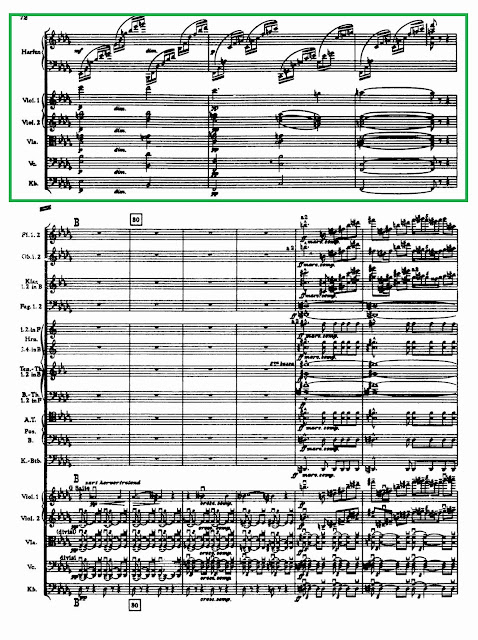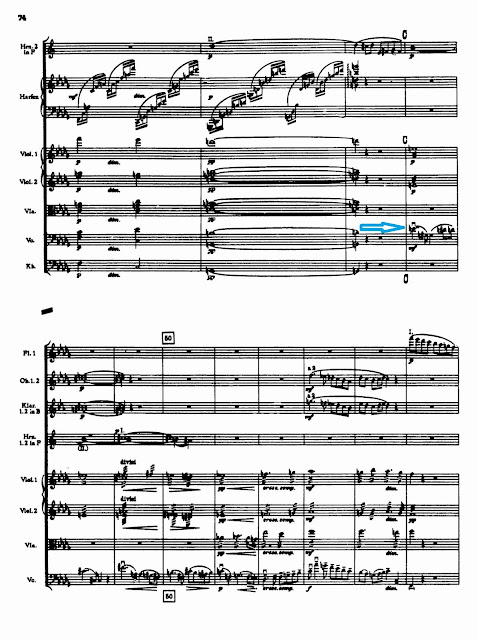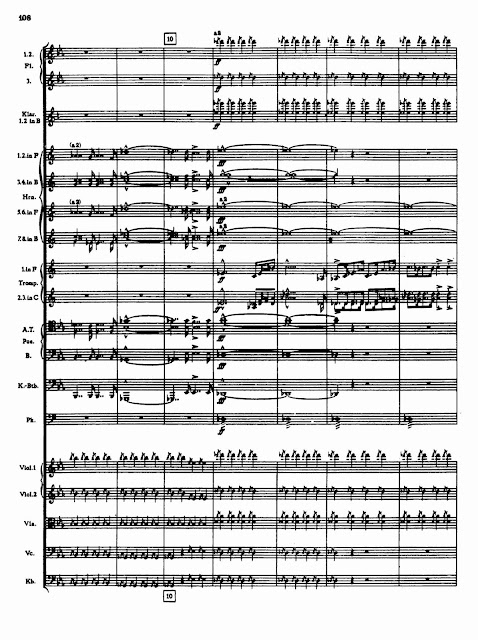CCCLXIV. BRUCKNER, Anton (1824-1896)
Woody Allen had nothing on Bruckner.
Bruckner was a lifelong bachelor who made numerous unsuccessful marriage proposals to teenage girls. This led to an accusation of impropriety where he taught music, and while he was exonerated, he decided to concentrate on teaching boys afterwards.
His interest in teenage girls seems to have been motivated by his fear of sin (!) ... he believed that -- unlike older women -- he could be certain that he was marrying a virgin. His unsuccessful proposals to teenagers continued when he was past his 70th birthday.
His interest in teenage girls seems to have been motivated by his fear of sin (!) ... he believed that -- unlike older women -- he could be certain that he was marrying a virgin. His unsuccessful proposals to teenagers continued when he was past his 70th birthday.
His love of Richard Wagner is evident. The fact that he was glorified by the Nazis is not his fault.
But I have always felt that his symphonies were inferior to those of Mahler (who adored Bruckner).
Let's take a look at this -- his last completed symphony:
**
First Movement
First Movement
The opening of Beethoven's Symphony #9 (see Post C):
Bruckner:
The terror recedes. The key changes to G Major:
a third subject features call-and-response in the horns and winds, with pizzicato accompaniment:
After a massive tutti build-up, the horns and trumpets signal a previously introduced motif in unison:
The movement concludes in a dark ppp C Minor (the only first movement of a Brucker symphony to do so!) ...
Second Movement
This opening five-note theme is referred to as the Deutscher Michel theme.
Trio:
Third Movement
Again, the melody features one note sliding up a semitone. The interest is in the string accompaniment -- a combination of uneven triplets and 1/8th-notes. Simon Rattle describes it as a "fascinating rhythmic hall of mirrors."
a chorale in the subdominant (G-Flat):
quickly modulates to F Major:
Part two:
Fourth Movement
Unison F-Sharps blare out; the timpani thunders in on D-Flat, and the music moves to A-Flat, E-Flat, and finally the tonic, C Minor:
A song-like theme, as things calm down:

























No comments:
Post a Comment